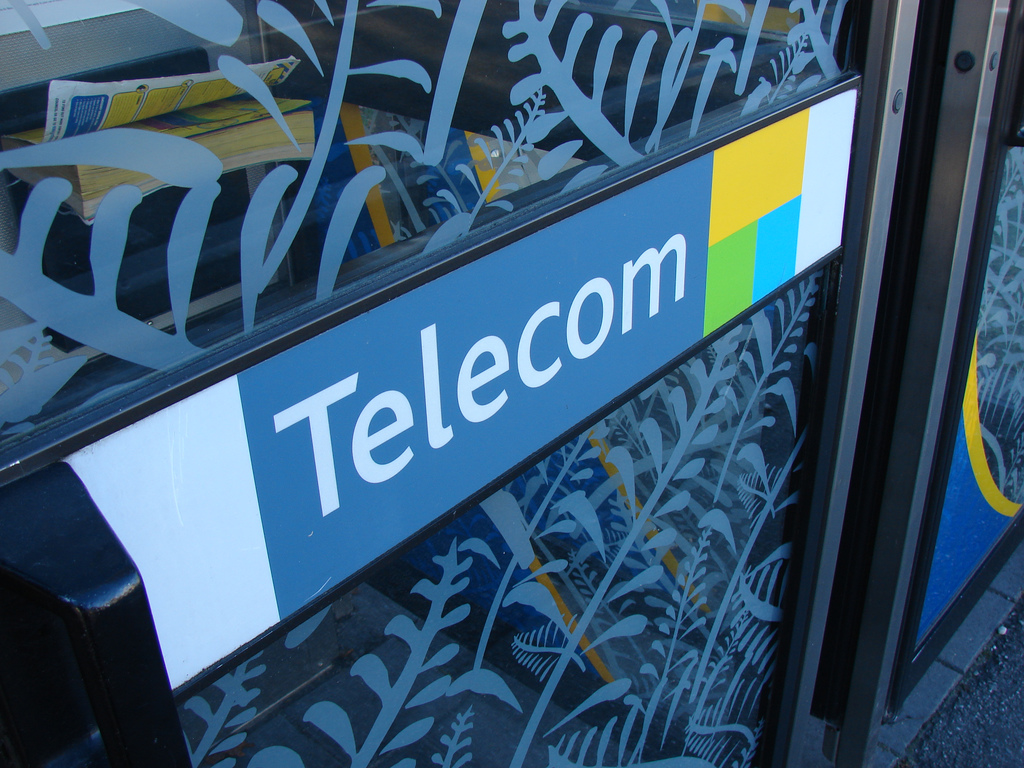The Broadcast and Telecommunications Legislative Review Panel released its interim report – What We Heard – yesterday alongside the long-overdue release of the written submissions to the panel. The report doesn’t contain any surprises given that the various positions on key telecom and broadcast issues are well known. While the panel is set to deliver its final report in January 2020, there is increasing reason to suspect that the government (if re-elected) has already decided what it wants to do.

Telecom by yum9me (CC BY-NC-ND 2.0) https://flic.kr/p/53jSy4
Telecom
The LawBytes Podcast, Episode 17: What To Do About Huawei? – Christopher Parsons Unpacks One of Canada’s Most Challenging Policy Issues
What to do about Huawei? The Chinese telecom giant has emerged as one of Canada’s most challenging policy issues, raising concerns involving competition, communications, security, and trade not to mention kidnappings and arrests of corporate personnel. The government has repeatedly promised to articulate a policy on the use of Huawei equipment in Canada’s next generation wireless networks only to regularly delay doing so. Dr. Christopher Parsons, a senior research associate at the Citizen Lab, the world-famous cyber-security lab located at the Munk School of Global Affairs and Public Policy at the University of Toronto, joins the podcast to help sort through fact from fiction when it comes to Huawei.
No Longer a “Proposed” Telecom Policy Direction: Government Resets Canadian Telecom Policy With Emphasis on Broader Approach to Competition
Earlier this year, Innovation, Science and Economic Development Minister Navdeep Bains sent shockwaves through the Canadian telecom industry by unveiling a proposed new policy direction to the CRTC based on competition, affordability, consumer interests, and innovation (my original post on the proposed direction here, podcast with Teksavvy’s Andy-Kaplan Myrth here). The big three telecom providers unsurprisingly objected to the government’s shift away from facilities-based competition toward a broader approach that welcomed all forms of competition. That shift signalled support for entry of new competitors such as mobile virtual network operators (MVNOs), a signal that the CRTC understood with its new-found support for them.
Message Received: Why Unlimited Wireless Plans Show Government’s Emphasis on New Competition is Being Heard
Long available in other countries, “unlimited” wireless plans arrived among the big three carriers in Canada yesterday with Rogers launching new unlimited options that offer 10 GB of data at full speed and unlimited additional data at a far slower speeds of 256Kbps. While some criticize the throttled overage speeds or the inferiority of the Canadian plans when compared to what is available in the U.S., this is a good step for consumers that ration their data each month in fear of incurring significant overage charges. Indeed, the comparative data shows Canadian consumers use less data than consumers elsewhere, particularly subscribers with Rogers, Bell, and Telus. Moreover, with carriers generating more than $1 billion per year in overage fees, the change is not trivial with some analysts characterizing the move as a negative for Canada’s wireless industry.
Super-Secret Submissions: Corus and SaskTel Block Disclosure of Their BTLR Submissions Claiming Prejudice to Their Competitive Position
Over the past few weeks, I’ve been posting several of the more notable submissions to the Broadcast and Telecommunications Legislative Review Panel submissions that were previously not released to the public. These included Bell, Shaw, Cogeco, Quebecor, CWTA, and a Rogers submission that was released months after the submission deadline. The Access to Information office at Minister Navdeep Bains’ ISED has now completed the request and says it cannot disclose submissions from Corus and SaskTel. Both companies are apparently taking the position that they can withhold disclosure of their submissions on competitive grounds, citing Section 20(1)(c) of the Act:











